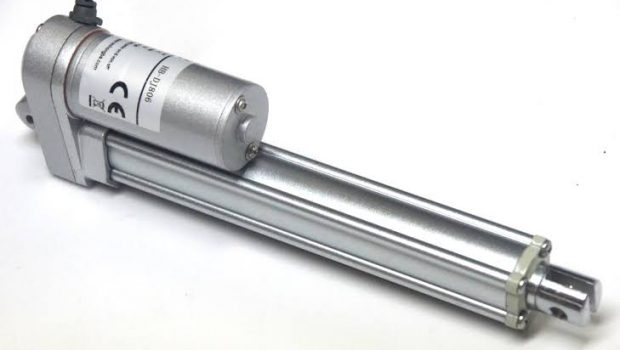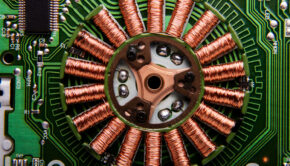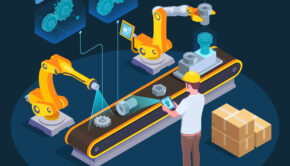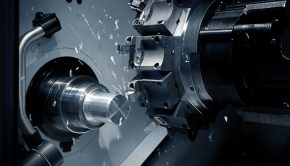What is a Linear Actuator and How Does it Function?
Linear actuators are devices and technology used to convert rotary motion into linear motion. They are part of the motion control system that produces motion in the desired manner. Using an actuator, you will be able to convert various forms of energy into linear motion. Therefore, a linear actuator is defined as a device that brings about the conversion of energy into linear motion.
People using a servo linear actuator are usually concerned about the amount of force applied by the actuator. Firstly the function of the actuator is to push and rotate the parts of a machine with utmost precision. The servo linear actuator is considered as the actuator with the most precision. This consideration is a result of its structural parts which are responsible for its high precision every single time.
There is a lot of focus and engineering work done on the control system of the servo linear actuator. This much focus is put in there to ensure there is a constant force, constant position, and constant velocity against a variable offset or compensatory force. If you are using a regular actuator (usually an open-loop), you may need some type of measurement system to measure the force application. However, getting to know the operation parameters ( force, velocity, and position) this way may be a bit difficult and strenuous. You may have to bring in other external items to determine these parameters empirically.
When using a servo linear actuator, it is completely different. It is a closed-loop actuator, which means it has a controller that oversees the force, velocity, and position of the system. Generally, the linear actuator comes in a variety of forces. It is important to know that force and velocity/speed are two variables that are dependent on each other.
To achieve different amounts of forces, you need to attain different speeds by changing the gearing. Force and speed trade-off against each other, when the gear is changed to attain a different speed, the force also changes. So, the force applied in a linear actuator can be changed at any point in time, depending on what your work requires.
How Servo Linear Actuators Work
A servo linear actuator has three major components, which are the motor, potentiometer, and the control system. The servo motor further contains a controlled device, the output sensor, and the feedback system. It is automatically closed-loop control system that generates signals necessary for smooth operations. Unlike other linear actuators where you have to apply variable input signals, a servo linear actuator generates its feedback signal by comparing the output signal and the input signal. So, the force here is automatically controlled.
The primary task of the servo linear actuator is to achieve the desired value through a maintained and monitored mechanism.
Choosing a servo linear actuator for your application
When choosing a servo linear actuator, there are several factors you would want to consider. You may want to consider your application requirements first. This will help you to go for one that will exclusively serve the purpose of your application. Complex servo linear actuators may cost more but they have higher speed and higher force so they can move quickly and push or pull larger loads. Complex servo linear actuators can also attain a higher degree of precision. Inexpensive servo linear actuator may have less mechanical power and less precision.
The direction of load on a linear actuator
Linear activation can take on several applications, including tension and compression application. Tension and compression/pushing and pulling force are permissible on the linear actuator while side loading and cross-loading should be avoided. In a case where a user decides to perform side loading, it should be done using linear side rails or guide rails to handle the side loading and only rely on the actuator for a push and pull work.
Side-loading or radial loading applies force to the center-line of the linear actuator. Both side loading and cross-loading should be avoided as they can shorten the lifespan of the linear actuator.
Conclusively, a linear actuator has varying forces to apply at required times. It depends on the amount of force required at a given time. For more information, be sure to visit www.intellidrives.com
















